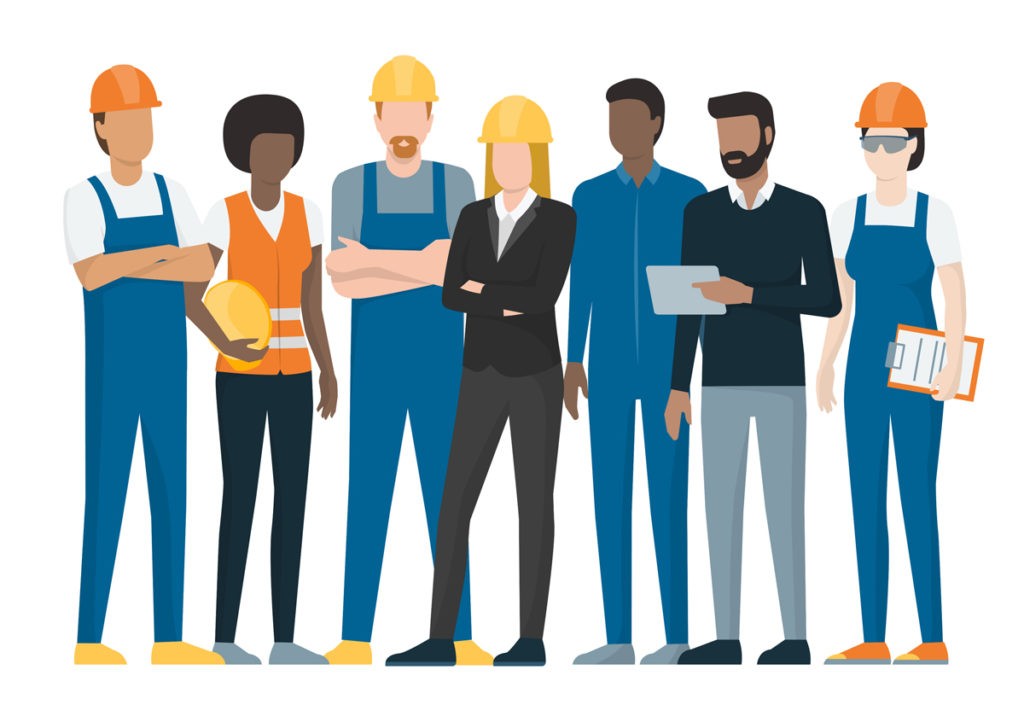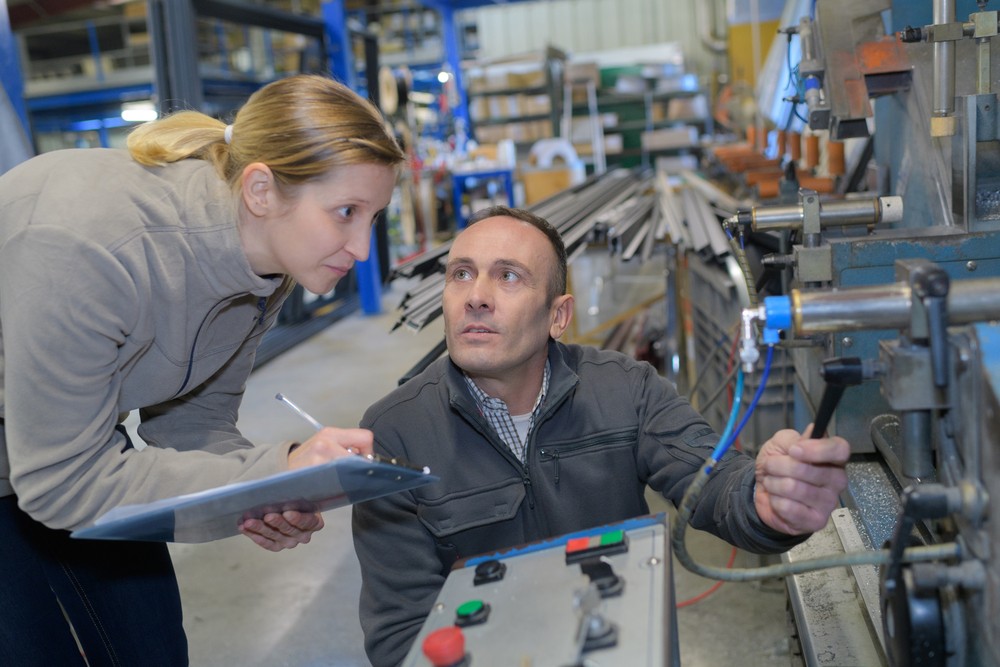Old-School Know-How Meets New-Age Education: Making the Most of a Multigenerational Manufacturing Workforce

Manufacturers are facing a massive skills gap. Ironically, there are more generations present in the workplace than ever before as baby boomers work longer and millennials climb the ladder. The headlines often paint the confluence of generational workers as an obstacle; however, it could be a huge asset for manufacturers. Learning to leverage your multigenerational workforce means identifying the opportunities it presents — namely the intermingling of experience and formal education.
On-the-job meets just-out-of-school
Both ends of the current workforce have their own unique advantages. Boomers in their 50s and 60s enjoy the benefits of decades of on-the-job experience. They can perform tasks from muscle memory, and they know the machines they work on like the back of their hand. They have the nuts and bolts practicality manufacturers need when things go wrong and demand a prompt solution.
Millennials (and younger) are newer to the workforce, but they’re equipped with the best STEM (science, technology, engineering, and mathematics) education money can buy. Their practical abilities may not be as extensive as the boomers, but they’re on the cutting edge of new technologies and revolutionary practices. They’re working smarter, not harder, and finding new ways to do things better. Best of all, they’re primed for a long working career and ready to adapt to an industry in flux.

There’s value in every generation
The benefits of old and new generations are useful on their own but combined, they’re the key to adapting your operations in a powerful way.
Consider the benefits of having tenured workers imbue a younger generation with their hands-on expertise. Likewise, imagine the power of teaching a highly experienced workforce the fundamentals of new technology. In these ways, the generations can teach each other to improve the all-around capability of the workforce.
Consider getting input from old and young alike before establishing a new factory initiative — experienced staff can vet the efficiency and practicality of the initiative, while younger tech-savvy workers can supply insight about how to streamline the process in the complex digital factory landscape.
Understanding the natural inclinations and capabilities of each generation makes it possible for manufacturers to leverage their entire talent base — not subjugate it.
How to foster cohesion among the generations
One of the biggest obstacles in a multigenerational workforce is underlying animosity. Older workers may feel like their job security is threatened by younger professionals, while younger generations may resent older workers for their inability to adapt to new technology. Establishing harmony across generations is the first step in fostering the most capable workforce.
Manufacturers need to create a safe harbor for employees across generations, bringing them together on an equal plane. For example, pairing workers for mentor-mentee programs. Older workers can share their hands-on expertise; newer workers can share institutional knowledge. Similarly, in-house training programs commingle all workgroups, putting everyone on equal footing in learning something new.
It’s important to remember the finite opportunity of the multigenerational workforce. As boomers retire, they take decades of experience and knowledge with them. However, encouraging collaboration across generations will secure a well-rounded talent pool for decades to come.